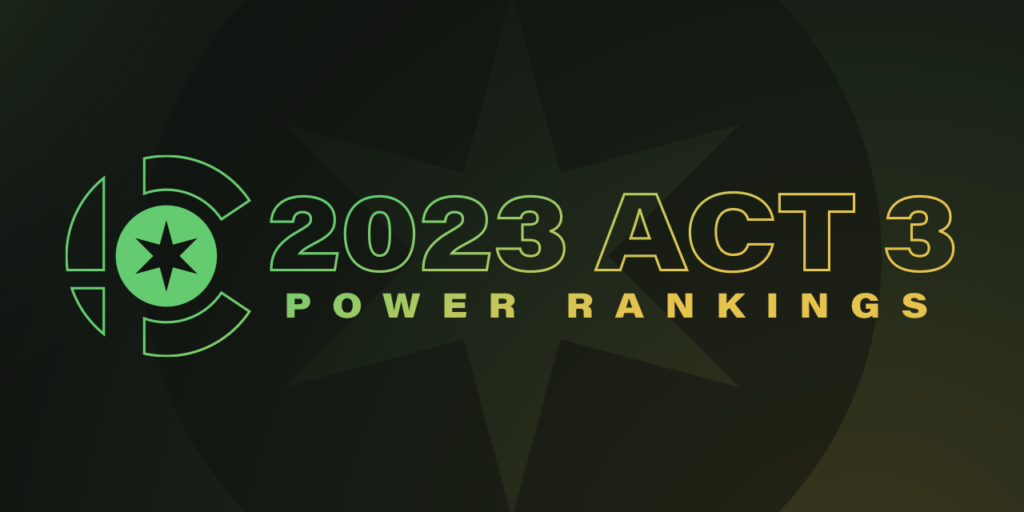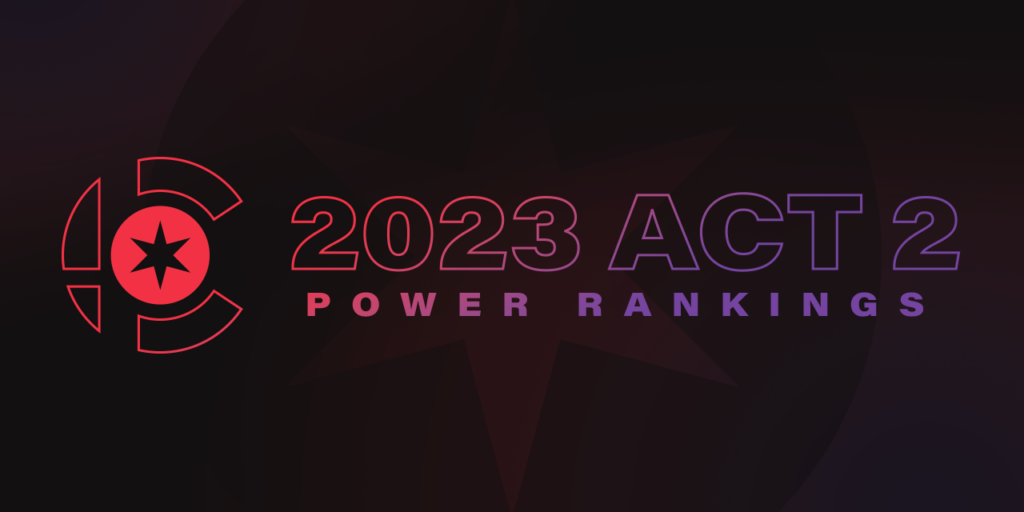Pete “Pac Diesel” Casella
Melee is a beautiful game.
If you’re a long-time competitive Melee player, you have no doubt heard this sentence before. Beyond that, you have likely lived the truth of this short statement.
Melee has provided tens of thousands of players an opportunity to play in a competitive environment against other members of a passionate grassroots community for two decades, having created everlasting memories and long-lasting friendships through the simple premise of playing a game together. For Melee players, the game can grant an individual any number of purposes, whether they are competition, friendship, focus, critical thinking, practice through analysis, or just simply an escape from the drudges of everyday life.
However, Melee does not solely exist for competitive Melee players. Melee, as a game, can provide improvement in other games simply by playing it.
No, really.
If you are a competitive fighting game player in any context, whether that’s belonging to the traditional Fighting Game Community or a different Smash community like Project+ or Ultimate, Melee can assist in improving various facets of your gameplay through practice because of the multitude of options the game provides the players.
Melee famously has an incredible amount of movement options and extremely high APM, or actions-per-minute, ingrained in the gameplay. However, these movement options still need to be combined with an understanding of the neutral game and how to utilize the movement to approach, play defensively, and react to your opponent’s options. In every fighting game, there are fundamental aspects to both offensive and defense, or ‘fundies’ if you prefer the internet-shortened version. Practicing these fundamentals within the scope of your own game, Melee or otherwise, is often going to be the difference between winning and losing games, sets, or even tournaments outright.
There are four easy classifications for fundamentals that Melee can assist with in the context of any fighting game: spacing, movement, reaction, and advantage state.
Spacing, the first classification, is arguably the most important aspect of any fighting game. As a competitor, you need to be able to control the space in front of you. Playing Melee, or really playing any competitive fighter, will force you to learn how to space your character. Each move your character has goes a set distance and lasts for a specific amount of time, usually a few frames per move (with some exceptions). If your objective is to hit your opponent without being hit, you want to know both the distance that your best attack options can go, and the distance that your opponent’s best attack options can go. This is the purest definition of “spacing.” Melee can assist with spacing greatly, because as a platform fighter, Melee not only forces you to control the space in front of you just like any fighting game, but it also forces you to control the space above you (if you are grounded), and the space below you (if you are airborne). Also, aerial battles are more common in platform fighters, and spacing aerially is debatably as important as spacing grounded in Melee, so the visual representation and the repetition through gameplay can assist with improving your spacing as a fundamental whole.
Movement, the second classification, is the utilization of the best available options of your character, or of the engine in the game, to go from a starting point (point A) to an ending point (point B). Competitively, your goal should be to get from point A to point B in the fastest amount of time, and as you move your character around the screen and continue to want to move to other areas, the ability to move quickly is of the utmost importance to control spacing. Spacing, as we have established, is incredibly important, but the space you are trying to control will continuously move throughout the game. Melee, having some of the largest and most technical movement options in any game, is the perfect combination of movement and free-form decision making, creating a perfect practicing ground.
Reaction, the third classification, is not strictly ‘reaction time.’ Reaction is essentially where defensive play would generally be classified, as your primary goal is to punish each of the options that your opponents will select throughout a game. These punishes can lead to big damage, large leads, or in the case of Melee, a single touch can lead to a punish that is the equivalent to a full stock. Reaction in Melee is also precise due to the fast options of many of the game’s best characters. Defensive play can be important, as simply attempting to ‘rush down’ your opponent is not always the best decision, as they might react to your unsafe aggressive options. There are several ways to set up a reaction moment as well, if your reaction time is not reliable, which is a method called ‘conditioning.’ You can continually react to an opponent in a consistent way or create a situation where your opponent reacts to you in a consistent way, make a mental note of what your opponent has been doing, and set this situation up with the specific goal of punishing that exact option. If you ‘read’ your opponent’s option through conditioning, and you can react to your opponent’s misspaced, aggressive, or predictable defensive option, then you can proceed beneficially. This works best if you have tied spacing and movement together to create a negative situation for your opponent.
Advantage State, the fourth classification, is the term for everything that will happen in your favor after the last three classifications are tied together. When your opponent is caught in the middle of a combo, when they are sitting on the ground in a tech situation, when they are in the air and having a hard time landing, or especially in platform fighter games like Melee when they are off the stage, they are in disadvantage. This means, conversely, you are in a state of advantage and can push this advantage as far as you are capable. If you are perpetually in advantage state, then you are absolutely doing something right. Many fighting games have combos that will be endlessly labbed and practiced for each of the characters in the game, but the knowledge of those combos required the player to be in advantage state within a competitive set of games. This practice, combined with the other fundamentals of gameplay, can carry a player all the way to the top.
Melee is a technical game. There are immense levels and layers of options for every situation. The more practiced of a player you are, the more you can evaluate the most important elements of your craft in a competitive fighting game. Melee takes these fundamental fragments and combines them into a symphony of high-octane, high-APM, option-select mayhem through maybe the most practical engine in the history of video games.
If you have never given Melee a serious chance, or even used it to your advantage for other games…
Maybe it’s time.
Thanks for reading.



